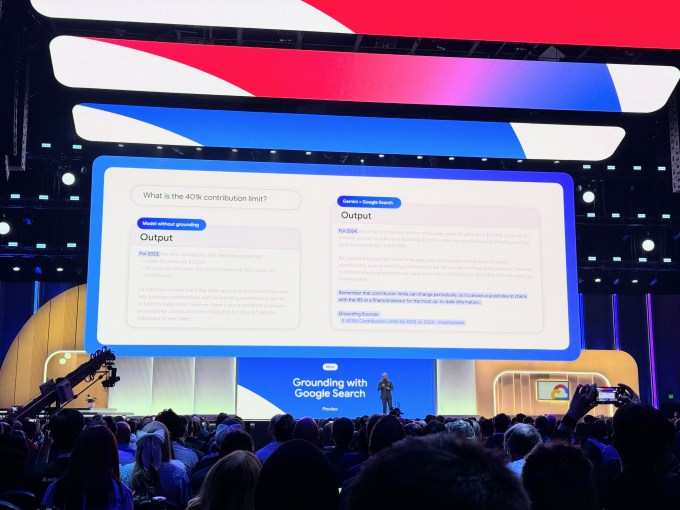
Saleor — a Poland- and U.S.-based startup that develops an open source headless e-commerce platform used to build online shops — has pulled in an $8 million seed-extension round led by Target Global (the investors that have previously backed the likes of Revolut and Auto1) and e-commerce giant Zalando. Also participating were SNR VC Kevin Mahaffey, Cherry Ventures, and TQ Ventures.
Saleor’s API for e-commerce does the back-end heavy lifting for online shopping while developers produce a bespoke front end.
We last covered Saleor when it had raised $2.5 million in seed funding from Berlin’s Cherry Ventures, with participation from various angels.
The seed-extension round is noteworthy, as it’s clear open source is gaining traction in e-commerce where normally proprietary solutions abound. Saleor competes against other more traditional e-commerce tools such as CommerceTools and legacy vendors such as Salesforce.
In a statement, Lina Chong, partner at Target Global, said the firm was attracted to “Saleor’s thriving open source community” and “robust SaaS offering.”
Founded in 2020 but existing as a project since 2013, Saleor is an open source, headless, composable e-commerce platform. It was originally started by the web agency of founders Mirek Mencel and Patryk Zawadzki, who then spun it out as its own startup. Today, the platform is used by such brands as Lush and Breitling.
Zalando, a leading European e-commerce destination for fashion and lifestyle, said that it invested “based on Saleor’s traction with global brands.”
Jan Bartels, SVP B2B at Zalando, said in a statement: “We see a great fit with Saleor’s vision, offering, and expertise, which can also help us to further expand our capabilities.”
I spoke to co-founder Mirek Mencel, who said: “Everybody has to optimize for the experience they provide to their customers. And this is nontrivial in today’s world where expectations are growing, so Saleor is enabling that.”
He described how open source had gained traction in the e-commerce world: “When Patrick and I met as open source developers, we told ourselves we are not going to work with e-commerce because we hated this as developers.”
“We saw this as inefficient and programmatic and brands were asking for things the software was unable to do in 2009. After doing a couple of big projects together we realized this is a big niche. We released the platform as open source and decided to see if there was a possible business afterward. In 2020 we realized this was going to be an amazing business as well, because brands also want communities around the products, in the same way the open source community functions,” he added.

